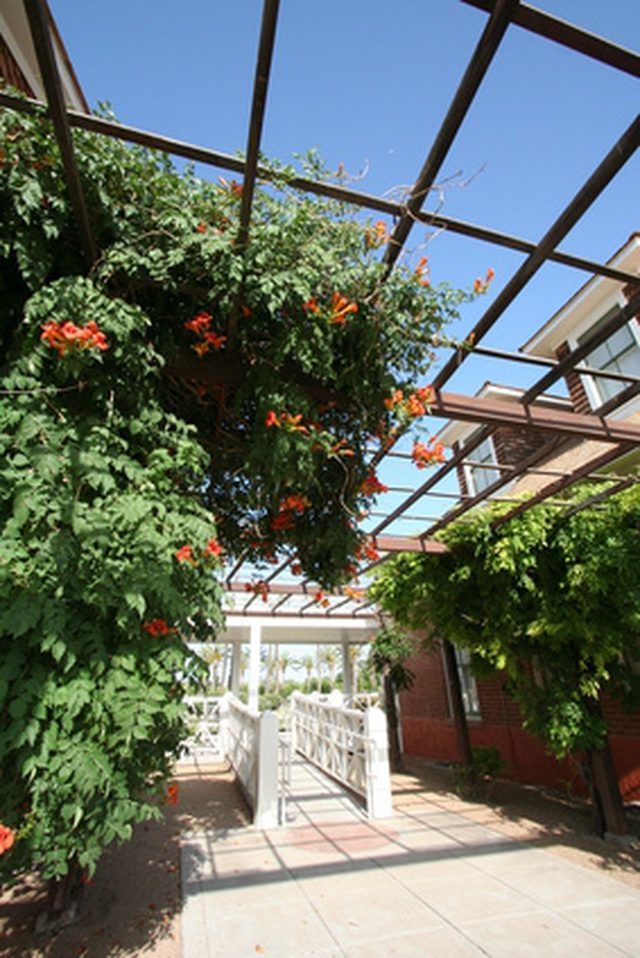Bulbs
Flower Basics
Flower Beds & Specialty Gardens
Flower Garden
Garden Furniture
Garden Gnomes
Garden Seeds
Garden Sheds
Garden Statues
Garden Tools & Supplies
Gardening Basics
Green & Organic
Groundcovers & Vines
Growing Annuals
Growing Basil
Growing Beans
Growing Berries
Growing Blueberries
Growing Cactus
Growing Corn
Growing Cotton
Growing Edibles
Growing Flowers
Growing Garlic
Growing Grapes
Growing Grass
Growing Herbs
Growing Jasmine
Growing Mint
Growing Mushrooms
Orchids
Growing Peanuts
Growing Perennials
Growing Plants
Growing Rosemary
Growing Roses
Growing Strawberries
Growing Sunflowers
Growing Thyme
Growing Tomatoes
Growing Tulips
Growing Vegetables
Herb Basics
Herb Garden
Indoor Growing
Landscaping Basics
Landscaping Patios
Landscaping Plants
Landscaping Shrubs
Landscaping Trees
Landscaping Walks & Pathways
Lawn Basics
Lawn Maintenance
Lawn Mowers
Lawn Ornaments
Lawn Planting
Lawn Tools
Outdoor Growing
Overall Landscape Planning
Pests, Weeds & Problems
Plant Basics
Rock Garden
Rose Garden
Shrubs
Soil
Specialty Gardens
Trees
Vegetable Garden
Yard Maintenance
How to Care for a Trumpet Vine
How to Care for a Trumpet Vine. Trumpet vines (Distictis and Bignonia buccintoria) reach heights of up to 30 feet, with each vine adorned with an abundance of trumpet-shaped flowers. They range in color from yellow to red, with white and purple flowering types also available. A climbing vine, they are well suited to planting along fences and...

Trumpet vines (Distictis and Bignonia buccintoria) reach heights of up to 30 feet, with each vine adorned with an abundance of trumpet-shaped flowers. They range in color from yellow to red, with white and purple flowering types also available. A climbing vine, they are well suited to planting along fences and trellises where they quickly cover the structure with a cascade of blooms. The plant requires maintenance to thrive, so some care of the trumpet vine is necessary to ensure they continue to flourish for many years.
Things You'll Need
Mulch
Fertilizer
Pruning shears
Plant ties
Choose a planting area with partial to full sun and well-draining soil. The more sunlight trumpet vines receive the more they flower. Choose an area near an existing fence or erect a trellis at planting.
Water as needed to keep the soil moist but not soggy. Provide approximately 1 inch of water in a single weekly watering as opposed to frequent, shallow irrigation. Lay a 1- to 2-inch layer of mulch around the plants to help preserve soil moisture.
Fertilize vines in the spring as they begin growing again. Use 1 cup per plant of a 5-10-5 fertilizer or one formulated for flowering vines. Fertilize a second time at mid-summer.
Pinch off the tip of each vine as it begins growing each spring to encourage branching and full plants. Prune away old, dead vines to the base of the plant.
Tie heavy vines or those that pull away from the fence or trellis to the support structure. Tie loosely with cloth or plastic plant ties as necessary.
Tips & Warnings
Pinch off the top of the vines if they are becoming too tall. This limits upward growth and encourages more lateral branching.
Trumpet vines have evergreen leaves, adding color to the garden year-around.
Trumpet vines produce abundant seed pods which may cause quite a bit of garden debris. Remove the pods often to prevent self-seeding.